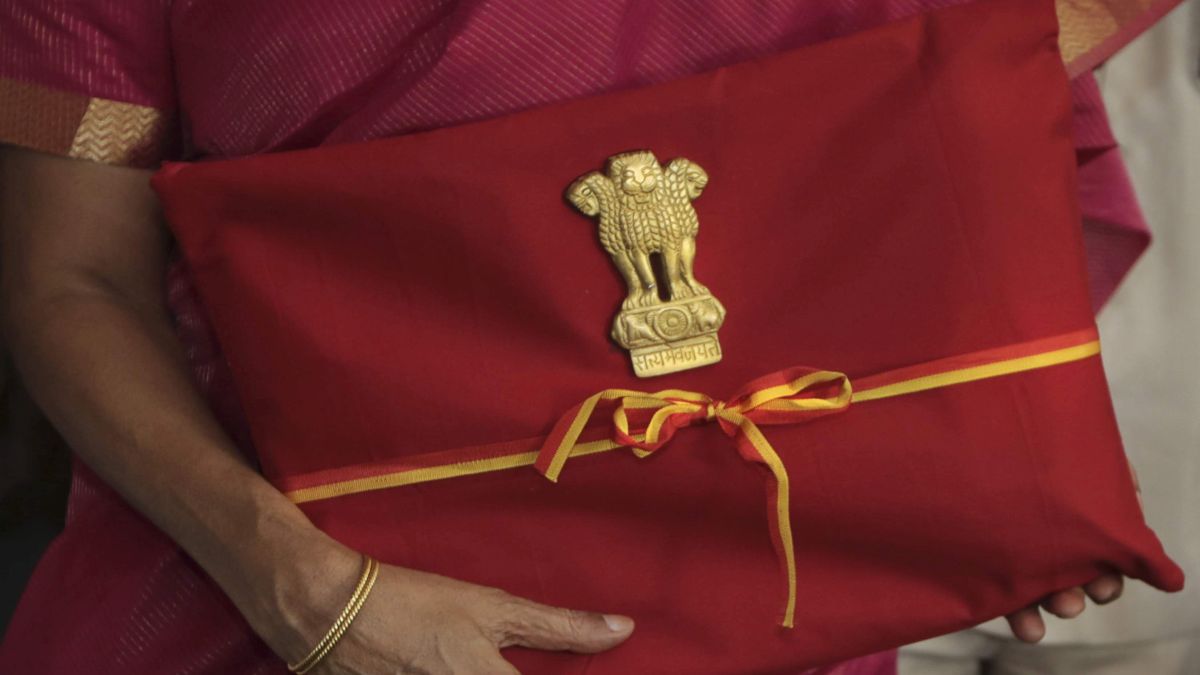There is no question that India needs to grow at a fast rate and this budget has to take steps to ensure India gets back on a growth path with growth rate more than 8%. But, it is also clear that India cannot disregard issues of sustainability. It is imperative that the finance minister balances the steps taken for incentivizing growth with measures to push the economy towards a path of sustainable development. UNEP’s Inclusive Wealth Report (IWR) 2023 measures an economy’s wealth through three pillars – natural capital, human capital, and physical man-made capital – which can provide a framework to think about the nature of desirable development. The report also shows that while India’s physical capital stock has steadily increased with its human capital stock remaining stable, its stock of natural capital (environmental resources) has declined between 2000 and 2019. This budget provides an opportunity to take steps where this imbalance is reduced.
The good news is that we do not have to start from scratch. To tackle the problem of environmental degradation, the first step is to be able to measure it. The Ministry of Statistics and Programme Implementation (MOSPI) initiated the compilation of green wealth accounting under the Natural Capital Accounting and Valuation of Ecosystem Services (NCAVES) project in 2017, aligned with the System of Environmental and Economic Accounting (SEEA) framework. The development and use of NCAVES need to be strengthened and mainstreamed in the budget. NCAVES, together with the necessary policy framework, can put together the essential data infrastructure required to solve the problem of environmental degradation in the long run.
India also suffers from the issue of underpricing environmental resources. This makes it cheaper to run environmental stocks down. This is partly why, IWR 2023 reflects a decline of India’s natural capital stock during the past two decades. We have also found evidence of such under-compensation in one of our own research projects. Some preliminary calculations have shown that the Ecological Fiscal Transfers (EFTs) introduced by the 14th Finance Commission to help states conserve their forests may fall way short of the true conservation costs. The true cost of conserving these forests is higher because, the states dense in forest cover are protecting what is a national, and, in fact, global resource at the cost of their economic progress, while the other states low on forest cover enjoy the fruits of economic progress without having to conserve a global natural resource. This has led to inequity across states with varying degrees of forest cover. Thus, by pricing it right, the government can solve two problems –environmental degradation and regional imbalance. Hopefully, this budget will do that.
In addition to dealing with the measurement or pricing issues, we need a change of mindset. In India, there seems to be a reluctance to pay for the cost of using environmental resources. One issue, as already discussed, is the persistent mispricing. The annual union budget has this unique opportunity to bring such conversations to the public mind by taking the initiative to feature environmental pricing in some form, preferably expanding the market for environmental permits and bringing in steep penalties for non-compliance. This can generate revenue for the government and allow it to invest in areas that can generate growth without jeopardizing macroeconomic stability.
Impact Shorts
More ShortsIn fact, a smart way to invest in the future prospects of the country will be to use additional funds to incentivize industries that are geared towards innovating technologies and producing goods and services that address environmental degradation. As we know from the directed technical change literature in economics, championed by Nobel Laurette Daron Acemoglu, the adoption of greener technologies might need government intervention as the cost of adoption is high initially but falls gradually as more and more agents adopt the new technology. While large firms may be able to cover that cost and also take advantage of schemes like the PLI, it is important that the government helps the MSMEs to adopt these newer technologies and products. This can allow mass adoption and really help India leapfrog other countries. Additionally, MSMEs generate a large number of jobs, so the gains can be widespread. This strategy certainly has the potential to push India to the next growth orbit while ensuring sustainable development.
Thus, it is important to bring issues of sustainability to the centre along with a push for higher growth. As we see, the good thing is that such a balancing act is definitely possible. What is needed is a bit of imagination and a bit of determination. Let us wait and see if the budget delivers on that front.
Dr Partha Chatterjee is Dean of Academics and Professor of Economics and Dr Trishita Ray Barman is Associate Professor, Department of Economics, School of Humanities and Social Sciences, Shiv Nadar University, Delhi-NCR. Views expressed in the above piece are personal and solely those of the author. They do not necessarily reflect Firstpost’s views.
)